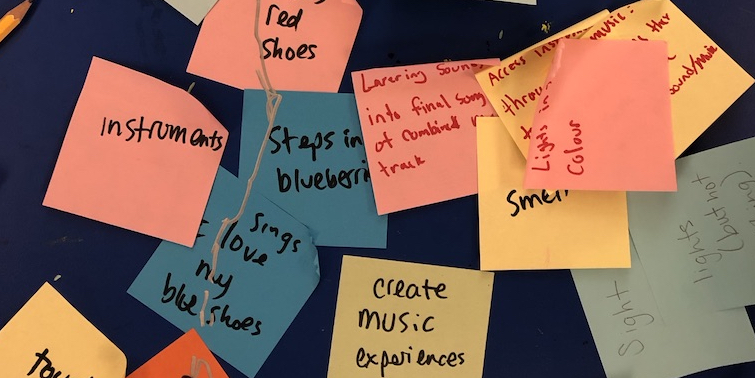Fostering a comfortable environment
Overview
Establishing trust is key for the involvement of children with disabilities. This requires recognizing their interests, engaging in various activities, and adapting roles to their needs. Collaboration with parents and teachers is vital in identifying settings where children feel comfortable expressing themselves. Practical suggestions include aiding teachers, shadowing classes, understanding preferred communication modes, sharing welcome materials, learning daily routines, and being present with the children.
Description
In any direct interaction with children, creating a comfortable and trusting environment is essential for their participation. This is no different for children with disabilities. Getting to know you and any new team members beforehand can significantly impact how they feel around you and their willingness to share their ideas.
Building trust with the participating children involves recognizing and valuing their interests and concerns, being sincere, reliable, and honest about what we can and cannot do. This involves engaging in structured, semi-structured, or unstructured activities before your main engagement. During these activities the designer/researcher can adjust their role based on the situation and the needs of the children in their spaces.
Identifying settings where the child already feels freedom/comfort in expressing themselves is crucial for their engagement. A ‘setting’ can include a particular physical environment/location or a particular peer or an adult who creates that supportive environment for the child - wherever they may be. By collaborating with parents and teachers, you can identify these settings for each child.
Suggestions
Assisting Teachers
Offer your assistance to teachers during a couple of classes, and engage alongside the children. Your presence helps the children become more comfortable with you over time.
Shadowing Classes
Request permission to shadow a class for a week or several days. This extended interaction allows the children to get used to your presence and feel more relaxed.
Recognizing the child’s preferred modes of communication
Some children prefer alternative modes of communication to speech, be it touch, AAC, picture cards, or even gestures. Get to know the child’s preferred modes of communication and set aside time to explicitly agree on the modes that they use. For example, understanding how they express yes/no, or how they signal agreement, discomfort, not understanding, tiredness, pain, etc.
Sharing welcome videos or pictures
Prepare a short video, or a series of picture cards that feature you and any other facilitators to introduce yourselves and share that you will be meeting them soon to work on a cool project. Sharing social stories with children ahead of time can also help them better prepare for the engagement. Check out the supportive material section for more details about creating and using social stories.
Getting to know daily routines
Collaborate with the family in getting to know the children’s daily routines. Knowledge of the family’s activities will help you understand the child’s schedule, which you could even reference when communicating with the child.
Being present with the children
Take some time to show your materials—prototypes, cameras, toys—to the child and let them explore these items. Allowing the child to know your materials will help them feel safe with unfamiliar items and activities to come.
Example

From the start of the Weavly project, we partnered with a school specializing in children with special needs and multiple exceptionalities. After initial meetings with teachers to discuss project goals and understand their community, students’ diversity, and unique needs, we mutually decided that our team would assist in the Arts room before formal engagement.
A small team of our designers/researchers spent several weeks in the art room, aiding teachers with various activities. Our continuous presence not only helped us to learn more about each individual student, their preferences, and the dynamics in the school, but it also helped the students to become more familiar with us and recognize our faces and, in some cases, expect us to be there in the art room along with their teachers.
Supportive Materials
A video created for children to explain the role of a researcher View A video created for children to explain the role of a researcher
A resource offering more information about social stories View A resource offering more information about social stories